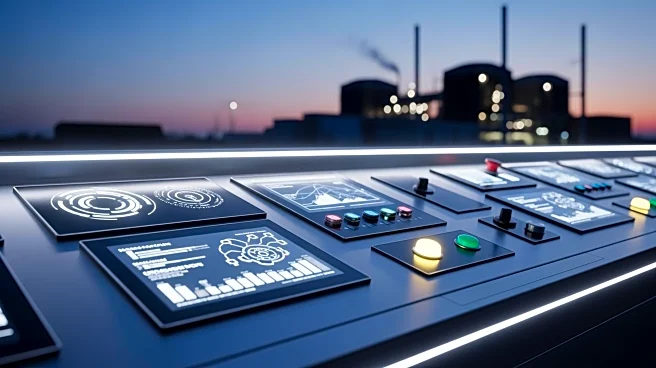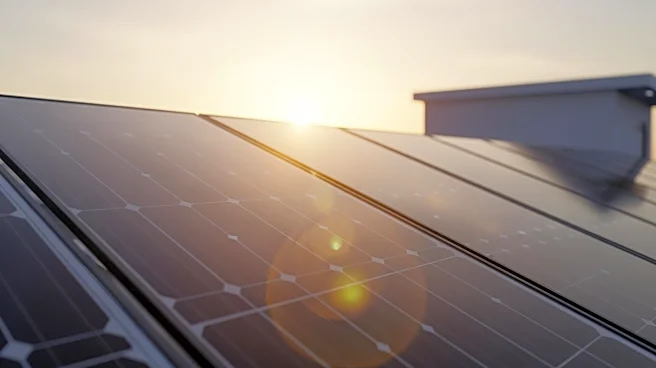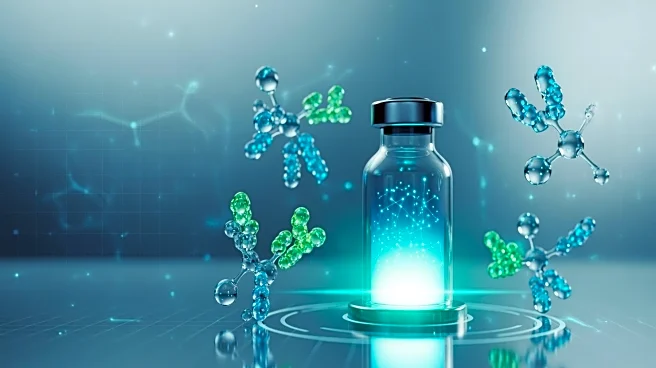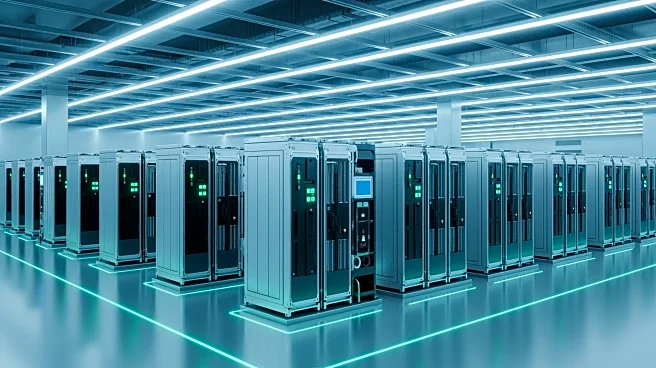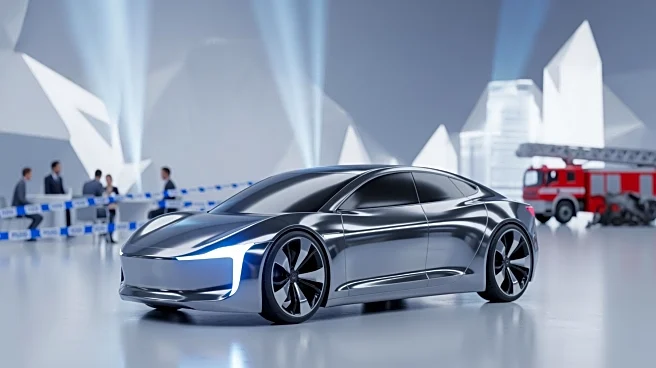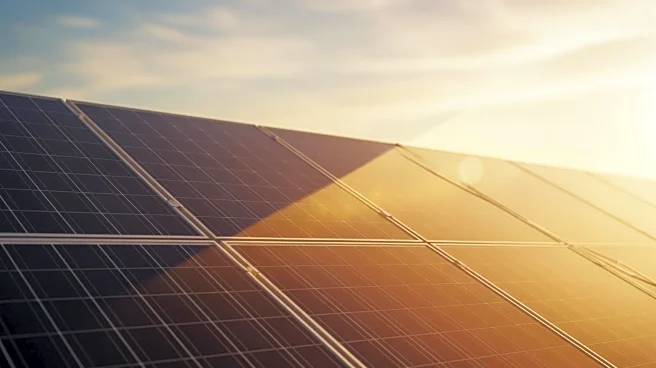What's Happening?
GS Engineering & Construction (GS E&C), a prominent South Korean multinational company, is set to commence operations at the Seongnam incineration facility in early 2028. The facility, located in Seongnam-si,
Gyeonggi-do, South Korea, is designed to enhance local waste management and produce renewable energy. It will be equipped with two incineration lines featuring stoker-type boilers, capable of processing up to 500 tonnes of municipal waste daily and generating up to 9.9 megawatts of clean electricity. Valmet, a global technology leader, will provide an advanced automation system to optimize energy production and minimize emissions. This system will offer operators comprehensive control over the waste-to-energy process, ensuring efficient and consistent performance throughout the facility's lifecycle.
Why It's Important?
The development of the Seongnam incineration facility represents a significant step towards sustainable waste management and renewable energy production in South Korea. By converting municipal waste into energy, the facility will contribute to reducing landfill use and greenhouse gas emissions, aligning with global decarbonization goals. The project underscores the growing importance of waste-to-energy solutions in addressing environmental challenges and supporting the energy transition. For GS E&C, this initiative enhances its reputation as a leader in engineering, procurement, and construction services, while Valmet's involvement highlights its role in advancing automation technologies for sustainable industrial processes.
What's Next?
As the Seongnam incineration facility approaches its operational phase, stakeholders will likely focus on ensuring the successful integration of Valmet's automation solutions. This will involve comprehensive testing and commissioning to achieve optimal performance. Additionally, the facility's impact on local waste management practices and energy production will be closely monitored. The project may also inspire similar initiatives in other regions, promoting the adoption of waste-to-energy technologies as a viable solution for sustainable development. Policymakers and industry leaders may explore further collaborations to expand the use of such facilities, contributing to broader environmental and economic benefits.
Beyond the Headlines
The Seongnam incineration facility's development highlights the intersection of technology and environmental sustainability. By leveraging advanced automation systems, the project not only addresses immediate waste management needs but also sets a precedent for future infrastructure projects. This initiative may influence regulatory frameworks and encourage investment in similar technologies, fostering innovation in the waste-to-energy sector. Additionally, the facility's success could enhance public awareness and acceptance of waste-to-energy solutions, promoting a cultural shift towards more sustainable consumption and waste disposal practices.


